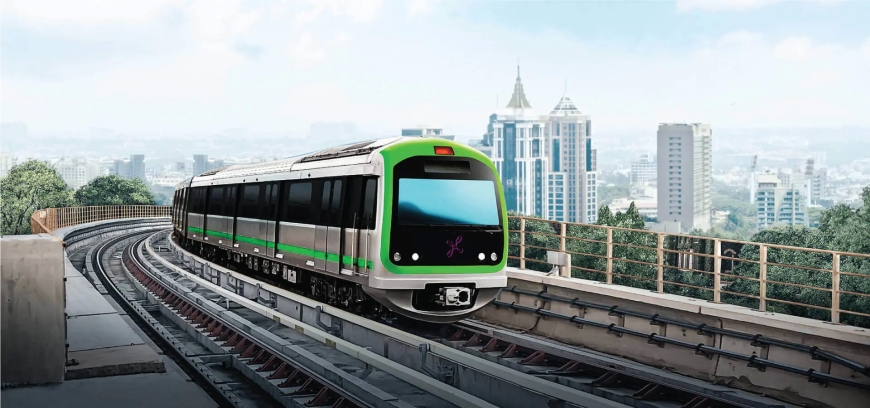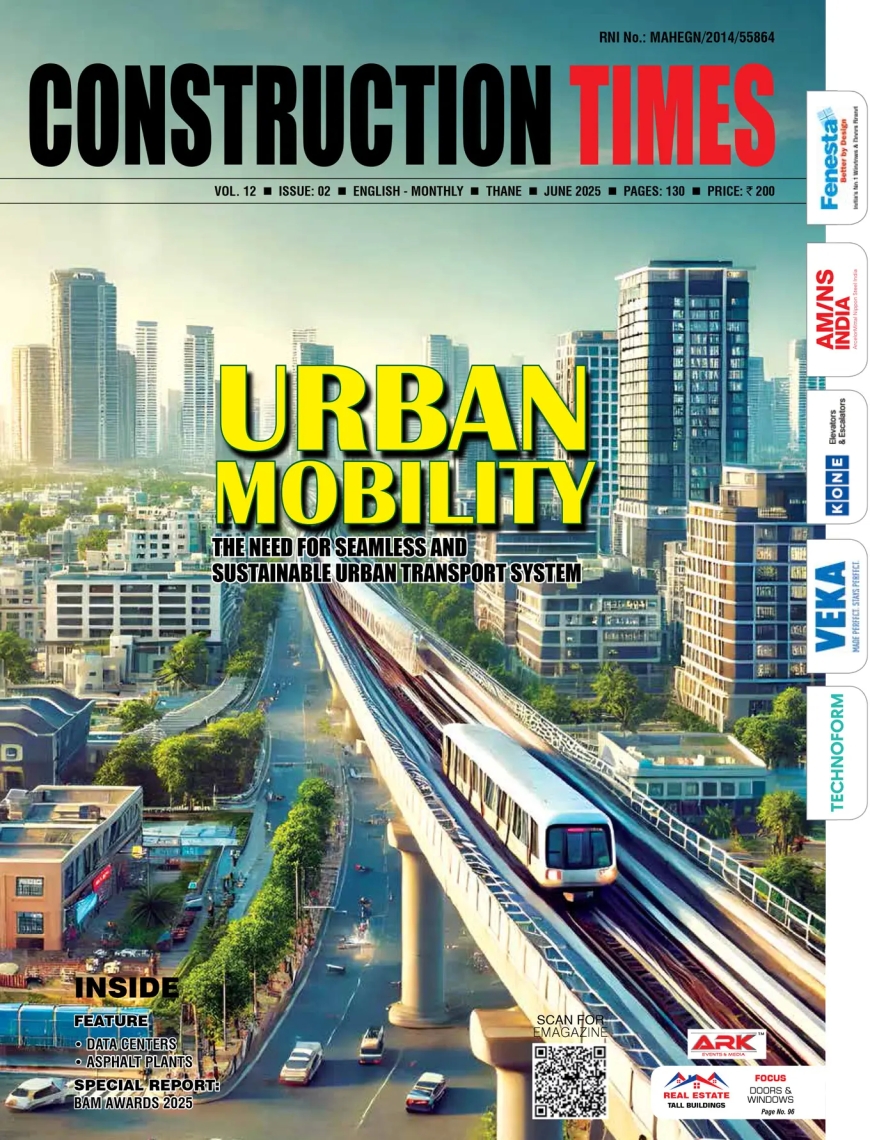Metro connectivity: Transforming Bangalore's real estate landscape
As rapid transit connections stretch beyond the congested city center, seamless connectivity has emerged as a pivotal driver of property appreciation.

The expansion of Bangalore's metro network is revolutionizing the city's real estate landscape, transforming once-neglected areas into vibrant residential hotspots. As rapid transit connections stretch beyond the congested city center, seamless connectivity has emerged as a pivotal driver of property appreciation. Locations accessible by metro have become highly coveted among homebuyers and investors, offering a unique blend of convenience, reduced travel times, and enhanced quality of life. This shift is not only redefining the city's real estate dynamics but also unlocking new investment opportunities in suburban and peripheral areas, where affordability and accessibility converge to create thriving residential hubs.
Role of Metro in real estate growth
For Bangaloreans, daily commuting efficiency is a major consideration when choosing a home. The metro system has proven to be a game-changer, drastically reducing travel times and providing relief from the city’s notorious traffic congestion. As a result, residential neighborhoods with metro access are witnessing a surge in demand, as they offer enhanced lifestyle benefits and long-term value appreciation.
Key metro expansions driving demand
The recent extensions of the metro network have brought significant benefits to various parts of the city:
· Green Line Extension: The stretch from Nagasandra to Madavara has improved connectivity to Bangalore’s northwestern suburbs, increasing the real estate potential in these areas.
· Purple Line Expansion: Now linking Challaghatta in the west to Whitefield in the east, this line enhances access to vital residential and commercial hubs, making these regions more attractive for investment.
· Upcoming Metro Lines: Several new metro lines under construction tentatively operational between 2025 - 2028 are set to transform connectivity further:
Real estate boom in metro-connected neighborhoods
The enhanced metro network is set to drive property price appreciation in several key areas. Locations like Sarjapur, HSR Layout, and Devanahalli are expected to witness a sharp increase in property values due to improved accessibility. With better connectivity and increased frequency of metro services, public transport is becoming a more viable option for daily commuters, further enhancing the appeal of these areas.
Lifestyle and environmental benefits
Beyond convenience, the metro system is also enhancing the quality of life for Bangalore’s residents. Reduced travel times translate into more leisure and family time, while lower transportation costs add financial savings in the long run. Furthermore, the metro’s eco-friendly initiatives contribute to a cleaner and greener urban environment, making metro-connected areas even more attractive for sustainable living.
Affordability and investment potential
The metro expansion has made it possible for people to live in more affordable locations without compromising access to employment hubs. This affordability factor is drawing a diverse range of residents, fueling further growth in the real estate market. Properties near metro stations are increasingly viewed as premium investments, with homebuyers and tenants willing to pay more for the added convenience of seamless connectivity. While well-connected properties may carry a higher initial price tag, the long-term savings in travel costs and time make them a prudent financial decision.
Conclusion
As Bangalore’s metro network continues to expand, its impact on the real estate landscape is undeniable. Improved connectivity, lifestyle enhancements, and long-term investment potential are making metro-accessible properties highly sought after. For homebuyers, investors, and real estate developers, the metro is not just a transport solution—it is a key driver of growth and transformation in Bangalore’s housing market.








